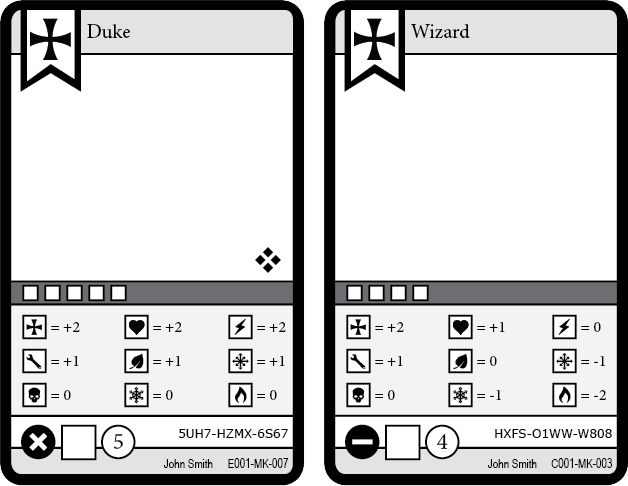Hi all,
I'm wondering what the appropriate standards are when showing a game to a publisher.
Is it acceptable (or even expected?) to have cards printed out in a tidy and logical format which came from excel. No frills, no art, graphics, cool fonts etc. As long as the cards are well formatted, easy to understand and functional is this enough?
Likewise with a board? Is something printed out onto a few pieces of colour cardboard (and stuck together) with a grid overlay and squares of green and blue ok?
Similarly hotch-potch pieces instead of well produced meeples and figures - are they ok as long as they do the job even if they look a bit naff?
I want to be professional and not sure what state publishers are used to seeing stuff in when it comes to the pitch.
Many thanks










Thanks for this. I'll definitely look into a game crafter option.
I haven't got much of a budget right now but do have access to some colour printing on card so if I can make something which looks 'well made at home' then this would definitely be preferable. I very much take your point about wanting to look professional though and evoke an excited response.
I guess I just want to know if I'll be laughed out the room / not considered seriously if I turn up at a pitch with a homemade game.
Also my game will use a lot of meeples. The board is scattered with 50+ sheep which so far I've made out of balled up tissue paper. The response from my friends in playtesting has been great. But I wonder if a potential publisher would see this as a cute/functional representation of what would need to be a meeple in the end product, and be ok with it. Again producing a game with so many meeples as (well as cards and board) would stretch my budget.
Many thanks